It is hard not to get the impression that something is about to explode when one is confronted with a work by Jamian Juliano-Villani. And it is not just the visual density, the well-orchestrated chaos of references and images, but a deeper tension, a latent vibration, like a room in which a fight has just happened but in which everything is magically, inexplicably, still standing. Juliano-Villani, born in 1987 in Newark, New Jersey, now lives and works in Brooklyn. Her biography is at times canonical for a figure in contemporary art: studies at the Fashion Institute of Technology, a pass through the School of Visual Arts, and then a quick and noisy break into the gallery world. But unlike many of her peers, Jamian always seems a step further, a step to the side, as if she has taken the right to respect no visual grammar but her own.
Entering one of her exhibitions is like crossing the threshold of an overstimulated mind. There are vintage cartoons, quotes from music videos, 1990s commercials, softcore pornography, family photographs, school mascots. But nothing is nostalgic, nothing is gratuitous. Each element is placed as if in a feverish collage that spins out of control but is constructed with surgical awareness.
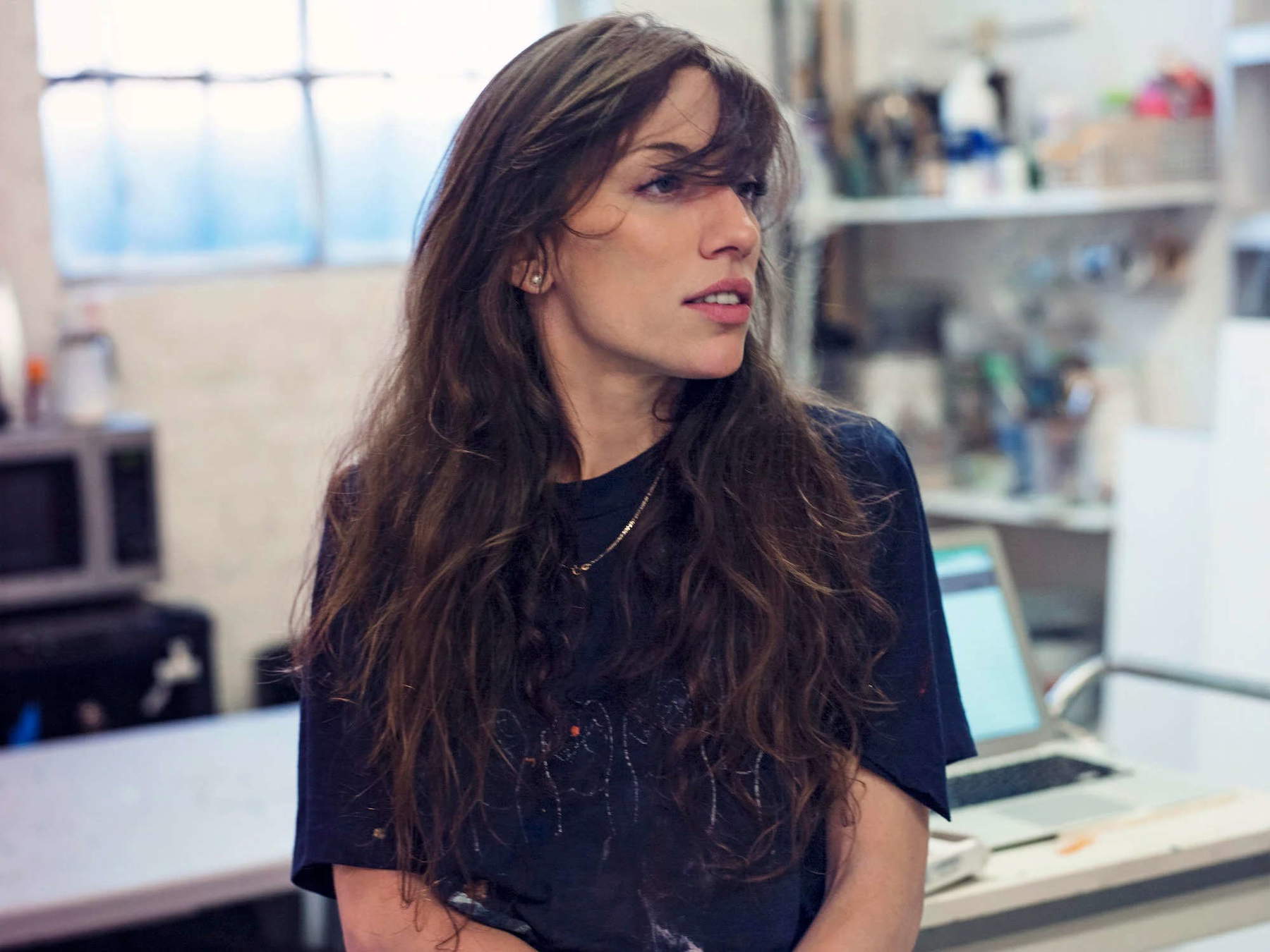
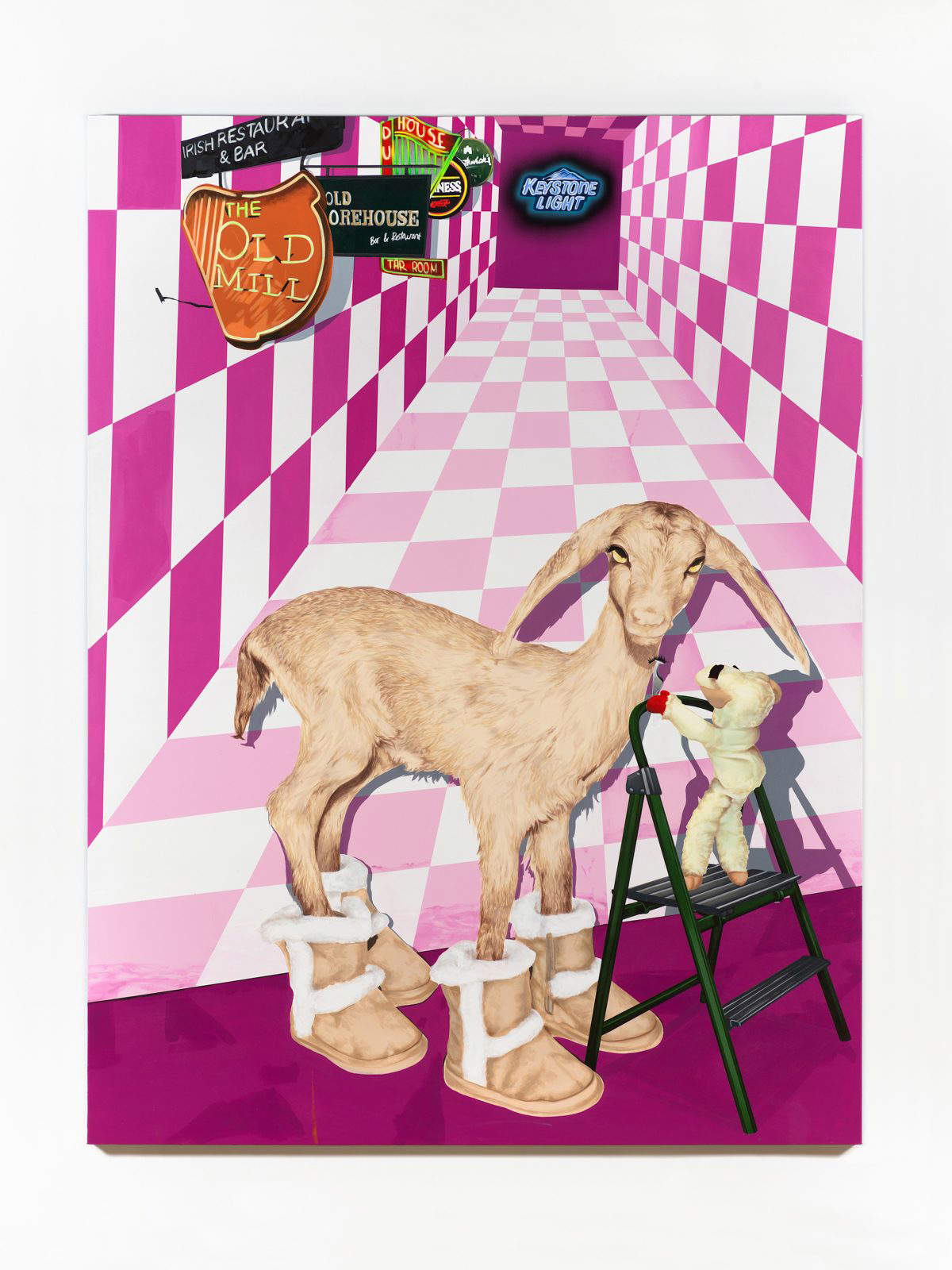
Let’s Take Let’sKill Nicole (2019): in this canvas, an anthropomorphic fawn, which could have come out of an old Hanna-Barbera cartoon, sits in a bourgeois interior that seems both reassuring and alien. The title jolts. “Who is Nicole?” one asks. There is no answer. But the evoked violence, never made explicit, floats on the surface of the work, like an unfulfilled promise, or a whispered threat. In Constructive Living (2019), on the other hand, a female figure (perhaps the artist herself or perhaps a caricature?) is absorbed in a domestic gesture, that of ordering CDs. The environment is lit like the set of a domestic cleaning commercial, but the atmosphere is alienating, almost oppressive. Juliano-Villani said he thought of a nighttime moment when one cries while smoking, in a low voice, so as not to wake anyone. Painting, here, becomes a dysfunctional diary, a confession that seeks not understanding but restitution.
Often his works move on the edge of rejection. Rejection of good taste, rejection of linear narrative, rejection of reassuring consistency. But there is never snobbery. On the contrary: Juliano-Villani dives neck-deep into theimagery of pop culture and its remnants in order to re-signify them. His method is akin to a DJ sampling forgotten sounds to construct a track that pulses with new life. In this sense, it is impossible not to think of Sigmar Polke, Mike Kelley, or John Baldessari: artists who used irony, mass culture, and the absurd to dismantle the visual structures of power. But in Juliano-Villani there is something dirtier, more visceral, almost a desire to wound oneself with images.
The body, in his works, is often absent or deformed. When it does appear, it is like a cartoon carcass: flexible, ridiculous, embarrassed. But never erotic. Even when she touches on sexuality, Juliano-Villani strips it of its seductive potential. Instead of desire, he shows consumption. Instead of intimacy, awkwardness. It is sex as told by those who learned it by watching grainy VHS and listening to conversations to which they were not invited.
Not surprisingly, he also created sound installations, such as Same Time Next Year (Part One) (2016), in which a vintage jukebox plays back recorded phrases from the distorted voice of the artist’s mother. The sound is morbid, childlike, hypnotic. As if Juliano-Villani’s entire artistic practice is a ritual to stage, and at the same time exorcise, the sounds of her own upbringing, the background noises of growing up, of identity construction.
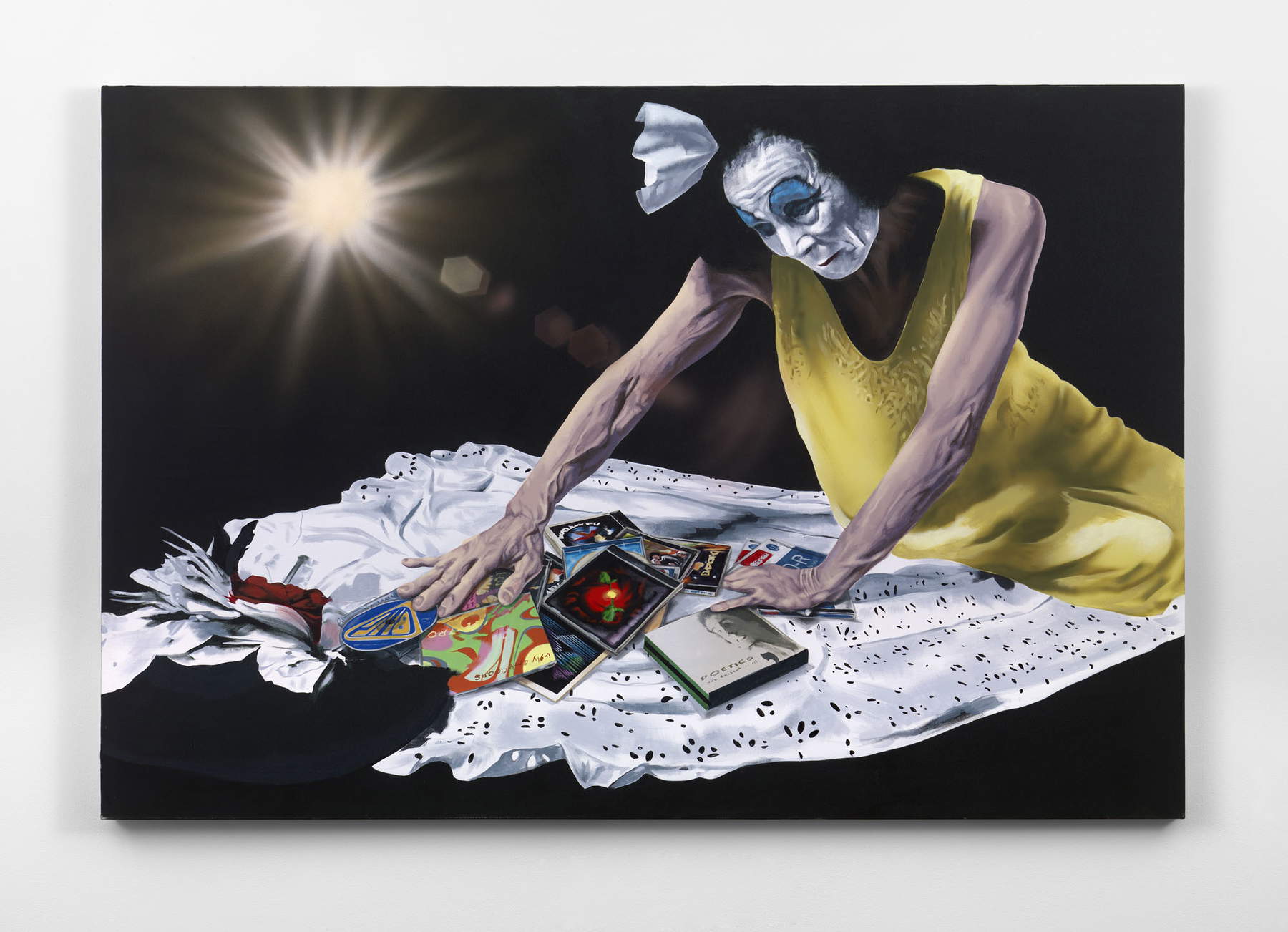
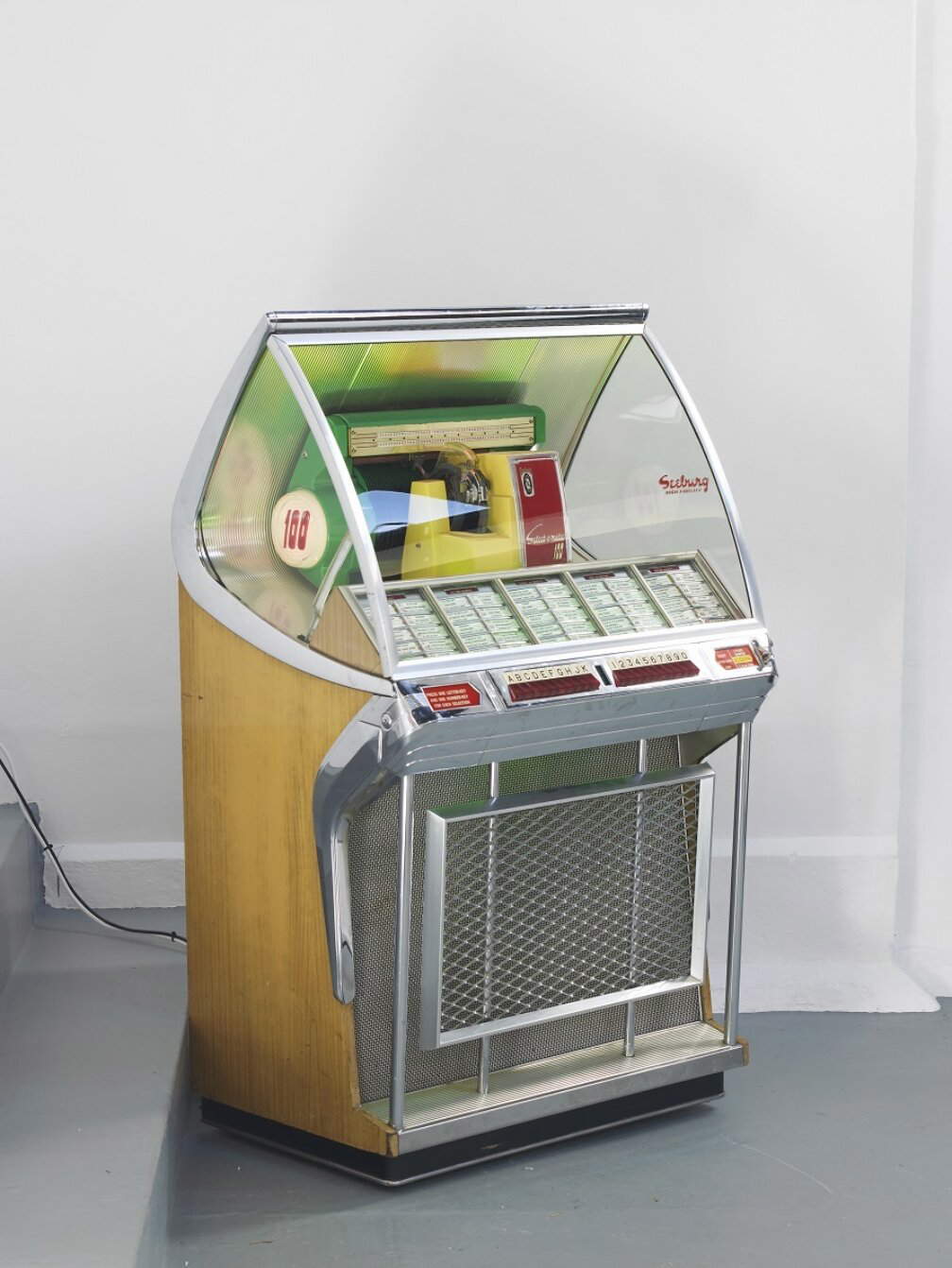
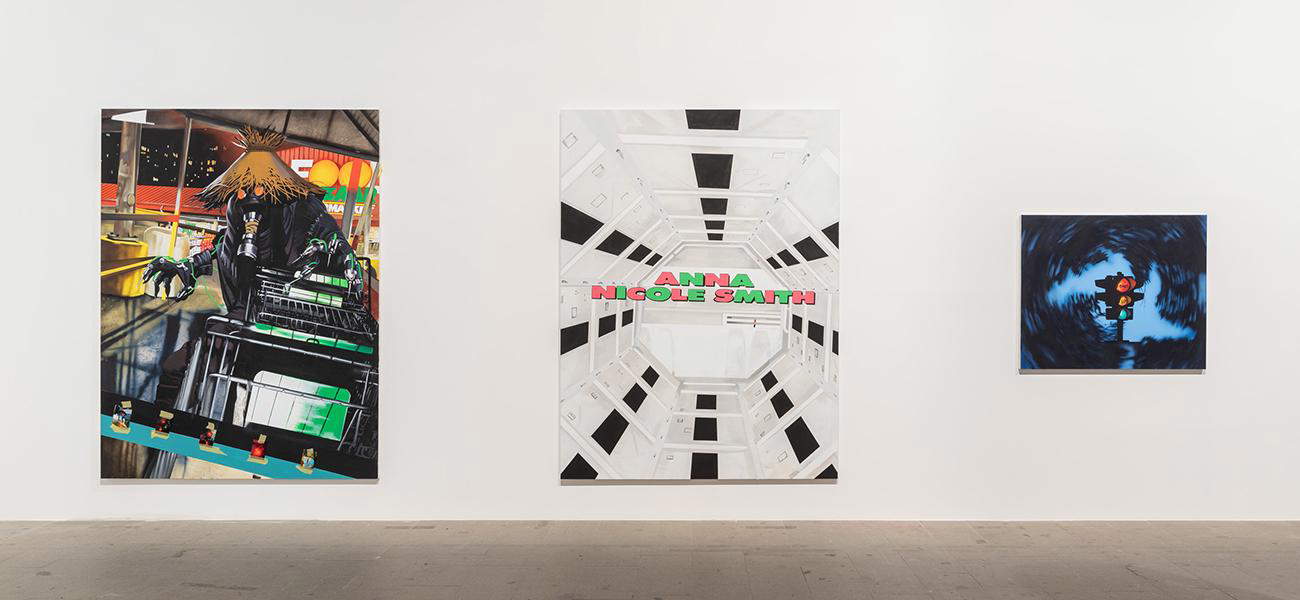
In 2022 she was selected for the Venice Biennale, in the Milk of Dreams pavilion, where her works were described as “beautifully crafted collisions between cartoonland and banal interiors.” But to reduce her work to collisions is almost misleading. True, everything in her seems to collide, colors, styles, languages, but what remains is a form of coherence that does not come through meaning but throughexperience.
The viewer does not have to understand, he has to feel. And that is the point: Juliano-Villani’s art does not allow itself to be explained. It offers no keys to interpretation. It is more like a fever dream, a diary page written during a panic attack. And like any dream, it should be experienced, not interpreted. So you ask yourself: why do these images, however disturbing, appeal to us so much? Why do we recognize something of our own in the visual language of an artist who claims to fish “in the visual junk of the world”? Why does the confusion reassure us? Perhaps because, unlike much contemporary art that wants to astonish with the coldness of the idea, Juliano-Villani invests us with the uncomfortable warmth of real experience.
Warning: the translation into English of the original Italian article was created using automatic tools. We undertake to review all articles, but we do not guarantee the total absence of inaccuracies in the translation due to the program. You can find the original by clicking on the ITA button. If you find any mistake,please contact us.